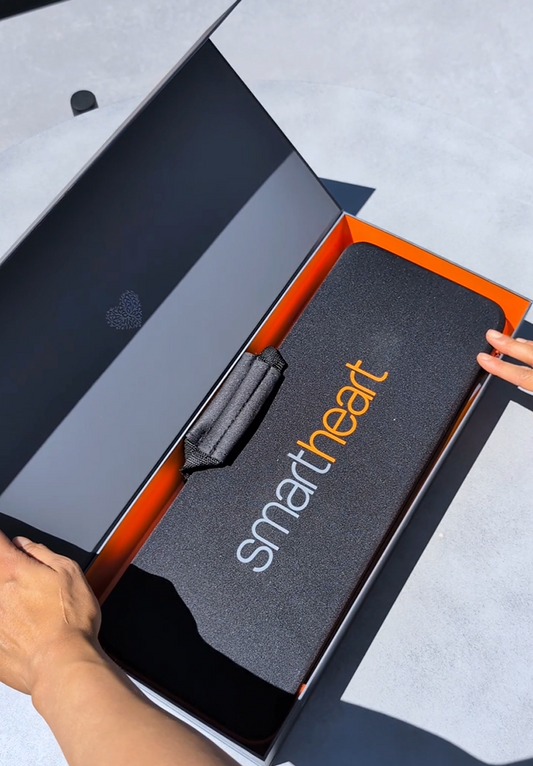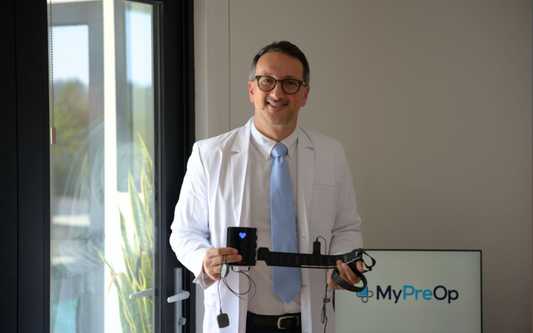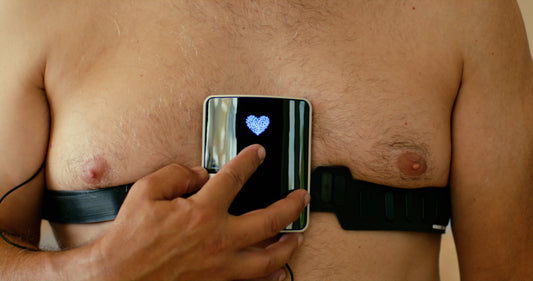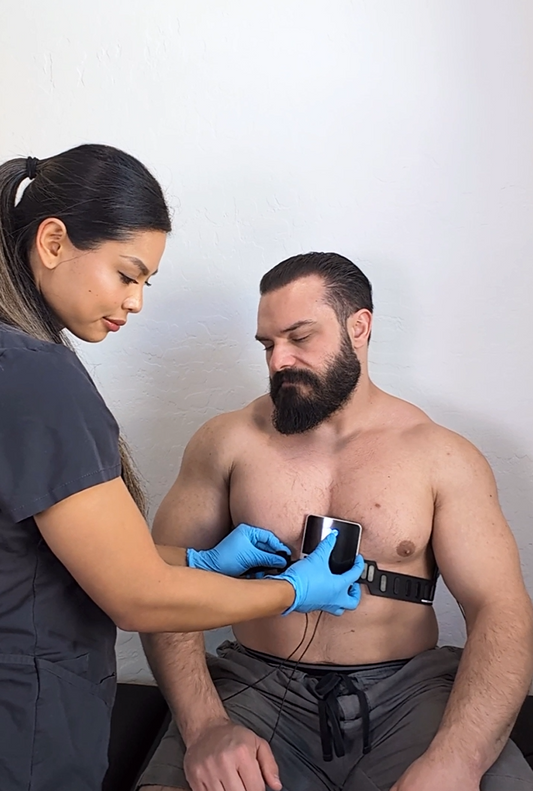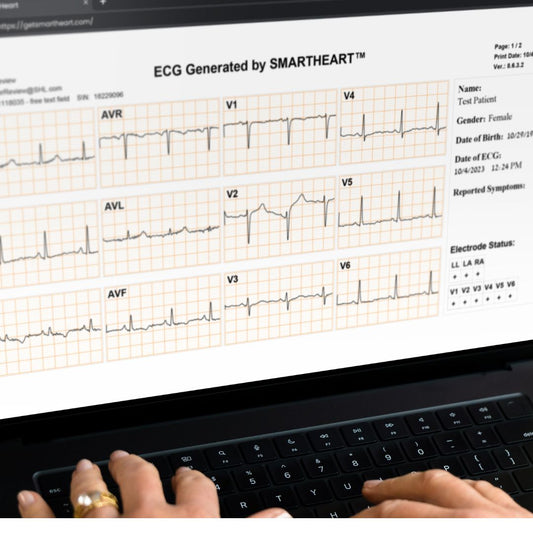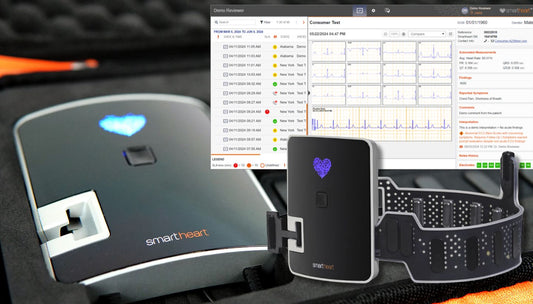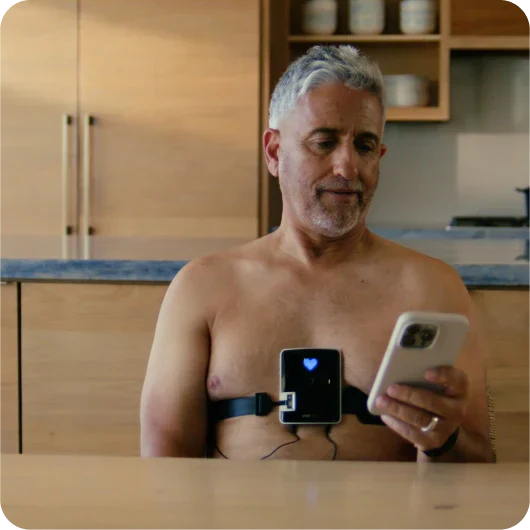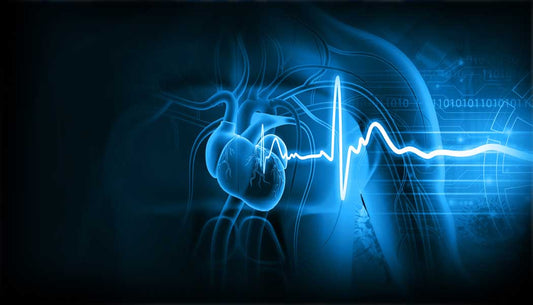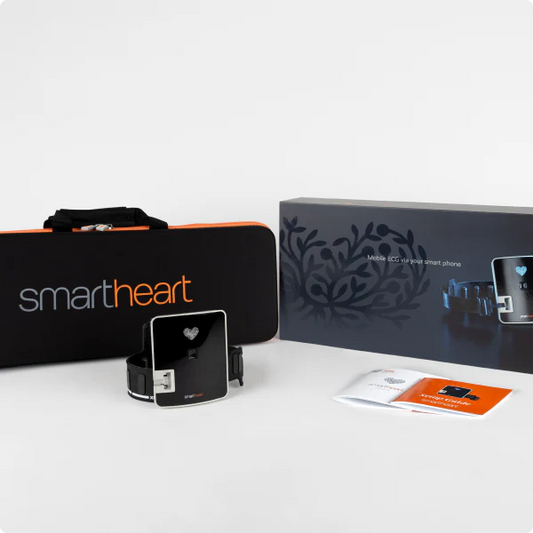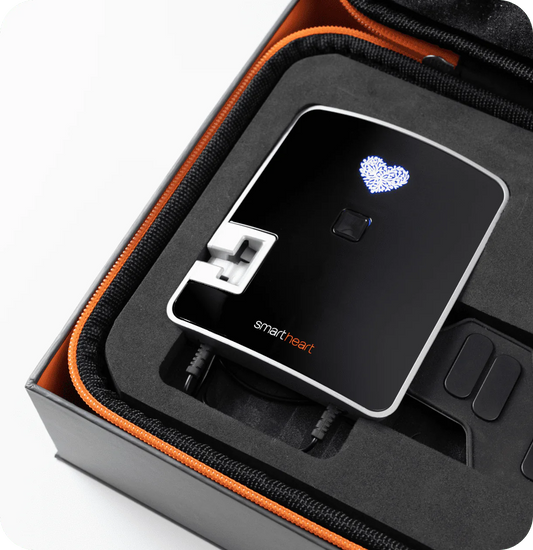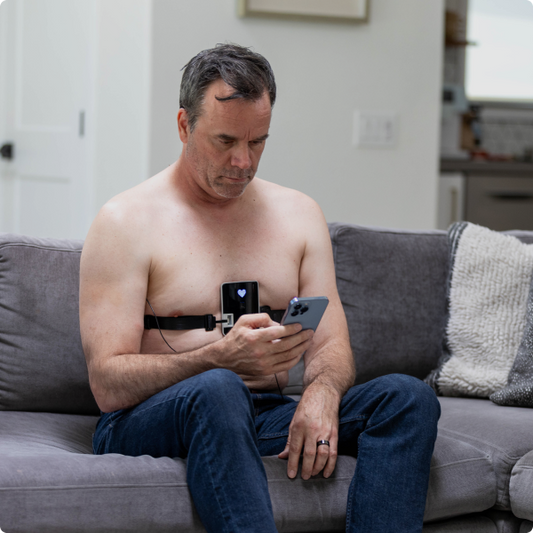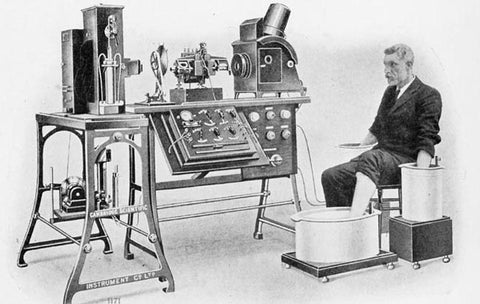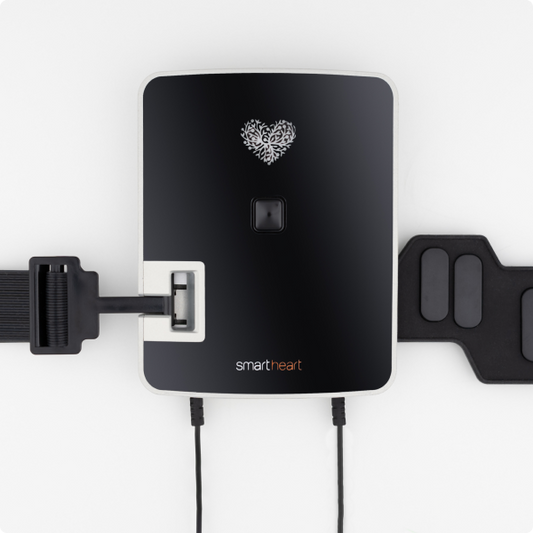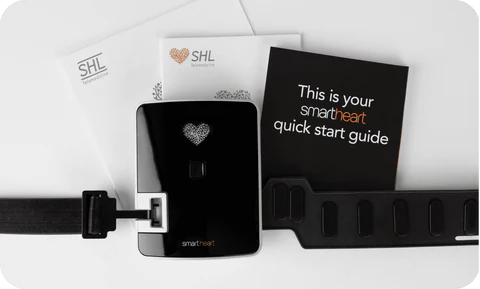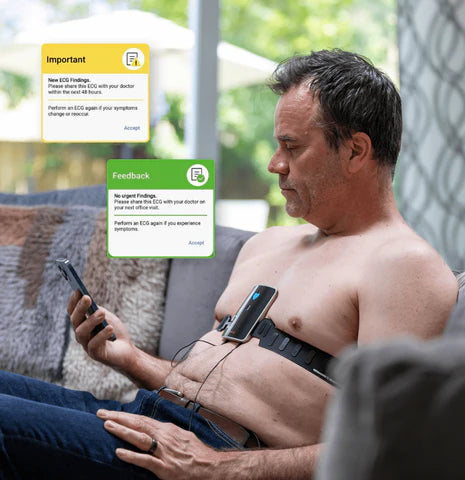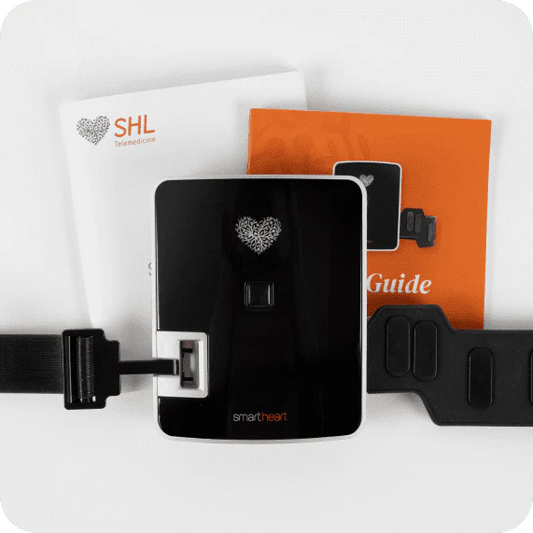Introduction
In the ever-evolving landscape of healthcare technology, few devices are as crucial as electrocardiogram machines, also known as ECG or EKG machines. These machines play an essential role in diagnosing and monitoring a wide range of heart conditions, from arrhythmias to myocardial infarctions. In this blog, we delve into the realm of ECG machines, exploring the invaluable role they play in modern healthcare. Whether you're a healthcare professional relying on them for patient care or a patient curious about their significance, this guide will help you appreciate the pivotal role ECG machines have in today's medical world.
In the past, ECGs were primarily confined to hospitals and specialized cardiac clinics. However, with the development of more compact and user-friendly models, they have become commonplace in various medical settings, from primary care practices to ambulances responding to emergencies. Some of the newest models can be used at home or anywhere on the go, even by non-medically trained individuals! This widespread availability has significantly enhanced patient care, enabling faster and more informed decisions in critical situations.
![]()
The historical significance of ECG machines cannot be overstated. They played a crucial role in understanding cardiac physiology and pathophysiology, leading to significant breakthroughs in cardiology. Today, they continue to be the go-to tool for assessing and diagnosing a wide range of heart conditions, ensuring timely and accurate care for countless patients around the world.
In this blog, we'll explore not only how electrocardiogram machines work but also their historical significance, evolution, and the pivotal role they play in modern healthcare, where early detection and precise diagnosis can make all the difference in patient outcomes. Whether you're a healthcare professional looking to deepen your understanding or an individual seeking insights into your heart's health, read on to unlock the fascinating world of ECG machines.
Understanding Electrocardiogram Machines
An electrocardiogram machine is a medical device used to record the electrical activity of the heart. This process helps healthcare professionals diagnose a variety of cardiac conditions. The ECG machine captures and displays the heart's electrical impulses as a series of waves on a graph, providing valuable insights into the heart's rhythm and health. In essence, ECG machines act as the eyes and ears of medical professionals, helping them detect irregularities and make informed decisions about patient care.
A 12-lead electrocardiogram machine is a crucial tool for assessing the electrical activity of the heart and diagnosing various cardiac conditions. Here's how it works:
Electrode Placement: To perform a 12-lead ECG, a series of electrodes (small, sticky patches) are placed on specific locations on the patient's chest, arms, and legs. The exact placement follows a standardized pattern, ensuring consistent and accurate results. Some portable devices don’t require gels or sticky patches to function properly, making them great for on-the-go monitoring.
Electrical Signal Capture: Each electrode is responsible for capturing electrical signals generated by the heart. These signals represent the depolarization and repolarization of cardiac cells as they contract and relax.
Multiple Perspectives: The "12-lead" part of the ECG refers to the fact that it records the heart's electrical activity from 12 different "perspectives" or angles. These perspectives are achieved by using various combinations of electrodes. These leads provide a comprehensive view of the heart's electrical activity, which allows for more accurate diagnosis.
Waveform Recording: The electrical signals captured by the electrodes are transmitted to the ECG machine, which amplifies and records them as waveforms. Each lead produces a unique waveform, and the machine records these simultaneously.
Data Interpretation: Once the waveforms are recorded, the electrocardiogram machine's software interprets the data. It compares the waveforms from different leads to identify any irregularities, such as arrhythmias, myocardial infarctions, or conduction issues.
Display and Print Out: In traditional clinical settings, the electrocardiogram machine displays the interpreted data on a monitor or prints it as a paper strip. The ECG printout is a visual representation of the heart's electrical activity over time, showing the P-waves, QRS complexes, and T-waves. At-home electrocardiogram machines send this interpretation to an app that can share results with physicians and family members.
Clinical Assessment: A healthcare professional, typically a cardiologist or a specially trained nurse or technician, reviews the ECG results. They analyze the waveforms, looking for any abnormalities that may indicate a cardiac condition.
Diagnosis and Treatment: Based on the ECG findings, the healthcare provider can make a diagnosis and recommend appropriate treatment. For example, they might identify signs of a heart attack, arrhythmia, or other cardiac issues, enabling timely intervention.
The Vital Role of ECG Machines
Electrocardiogram machines have been a staple in the world of cardiology and general healthcare for decades. They serve as a primary diagnostic tool in assessing the heart's electrical activity, offering insights into its health and functionality. The continuous advancement of technology has not only made these machines more accessible but also improved their precision, making them indispensable for accurate cardiac assessments.
Diagnosis and Monitoring: ECG machines are invaluable for diagnosing and monitoring heart conditions. They are often used in routine check-ups, during emergencies, and for continuous monitoring of patients with heart-related issues.
Swift Detection of Abnormalities: One of the primary roles of ECG machines is to detect irregularities in the heart's electrical activity. This can include arrhythmias, ischemia, and other cardiac disorders. Early detection is key to timely treatment.
Risk Assessment: ECGs play a significant role in assessing a patient's risk for heart-related conditions. Physicians use the data to make recommendations for lifestyle changes, medication, or further diagnostic tests.
Guidance for Treatment: ECGs provide essential data for healthcare professionals to determine the most appropriate treatment plan. Whether it's medication, cardiac procedures, or lifestyle adjustments, ECGs guide decisions.
Research and Development: ECG machines are essential in the development of new therapies and medications for heart-related conditions. They serve as valuable tools in clinical trials and research.
Patient Education: electrocardiogram machines are not just tools for healthcare professionals; they can also educate patients about their heart's condition. Seeing their own heart's electrical activity on a monitor can help patients better understand their health and make informed decisions. By implementing at-home ECG devices into a heart health routine, patients can attain the peace of mind they’ve been looking for.
Conclusion
In modern healthcare, the role of electrocardiogram machines is undeniable. These devices are the frontline warriors in diagnosing, monitoring, and guiding the treatment of heart conditions. ECG machines provide a window into the heart's electrical activity, helping healthcare professionals make life-saving decisions. From detecting irregularities and assessing risks to guiding treatment and supporting research, electrocardiograph machines are vital tools in the world of cardiology. Their significance continues to grow as technology advances, and they remain an integral part of improving patient care and understanding the complexities of the human heart.


